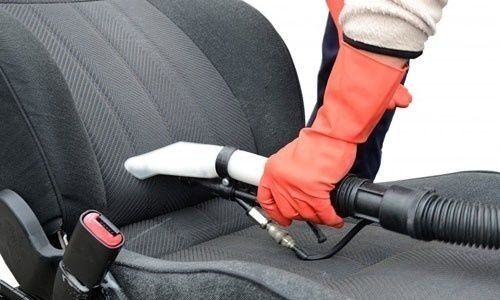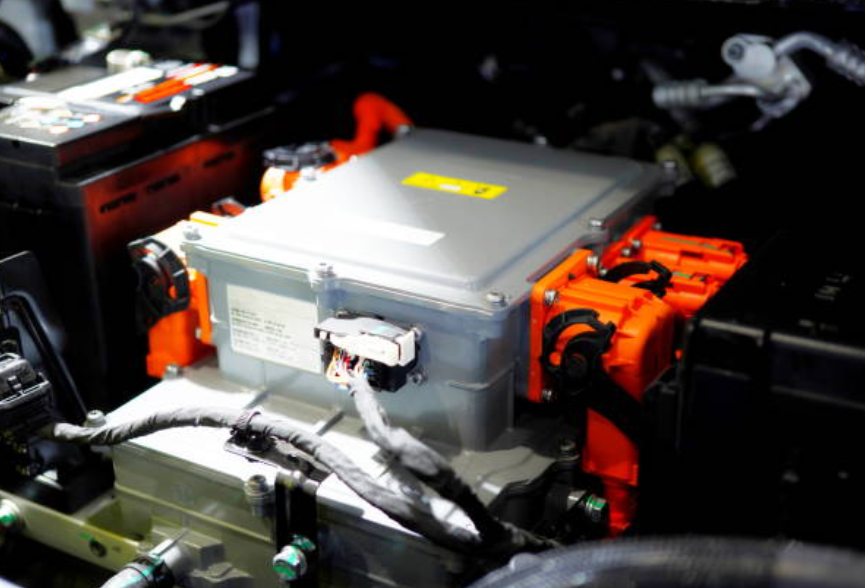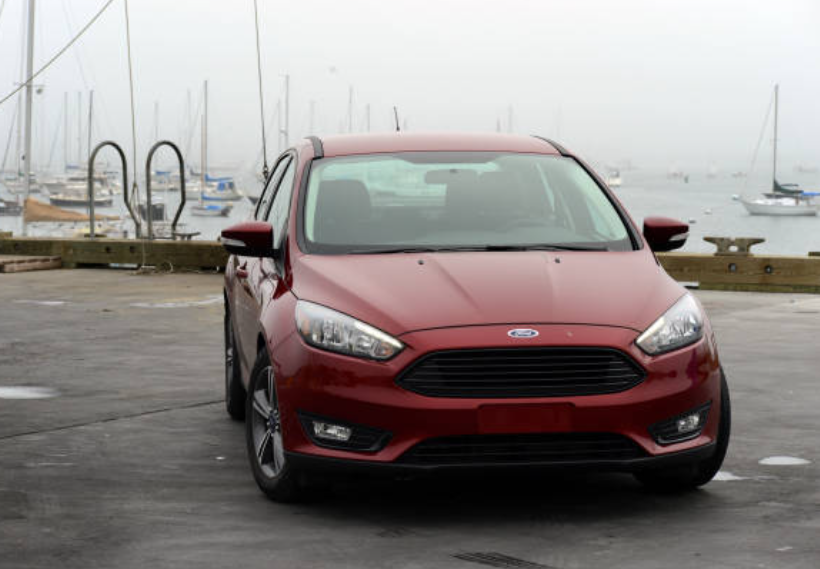How To Get Better Gas Mileage?
Gas mileage, often referred to as fuel efficiency, is a measure of how far a vehicle can travel on a gallon of fuel. It's a crucial aspect of vehicle ownership, impacting both your wallet and the environment.
To maximize fuel efficiency, it's essential to adopt various strategies and habits that minimize fuel consumption. From driving techniques to vehicle maintenance, every aspect plays a role in achieving better gas mileage. Let's explore some practical tips to help you get the most out of every gallon of fuel.

What Is 'Gas Mileage'?
Gas mileage, also known as fuel economy, refers to the distance a vehicle can travel per unit of fuel consumed. It's typically measured in miles per gallon (MPG) for vehicles that use gasoline or diesel fuel. For electric vehicles, a similar concept is used, but it's expressed as miles per kilowatt-hour (miles/kWh) or similar units. Gas mileage is an important factor for consumers when considering the efficiency and cost-effectiveness of a vehicle, as higher gas mileage means fewer trips to the fuel pump and lower fuel expenses.

Achieving better fuel efficiency demands discipline and patience. However, by implementing these strategies, you can witness tangible improvements.
Gentle and consistent throttle control
Avoiding abrupt acceleration is key to preserving fuel economy. Quick bursts of speed demand excessive fuel consumption, adversely affecting efficiency. Opt for gradual throttle inputs instead.
Adherence to speed limits
While speed limits prioritize safety, they also serve as benchmarks for preserving fuel efficiency. Reckless city driving and excessive highway speeds contribute to decreased fuel economy.
Minimize excess weight.
Reducing vehicle load directly impacts fuel consumption. The heavier the load, the more fuel is required for propulsion. Remove unnecessary items like golf clubs and toolboxes from your trunk to lighten the load.
Steer clear of stop-and-go routes.
Leveraging momentum conserves fuel, whereas frequent stops and starts deplete it rapidly. Minimize fuel waste by avoiding routes characterized by constant braking and acceleration.
Limit AC and 12-Volt Charger Usage
Devices such as air conditioning compressors and chargers draw power from the engine, diminishing fuel efficiency. While modern cars are less affected, older models benefit from reduced usage of these features.
Keep Windows Closed
Maintaining optimal aerodynamics enhances fuel economy. Open windows disrupt airflow, prompting increased fuel consumption. Although air conditioning may be necessary, it generally offers better fuel efficiency than open windows.
Remove roof racks when not in use.
Roof-mounted accessories introduce aerodynamic drag, impeding vehicle performance. Detaching items like roof racks and storage boxes when not needed reduces fuel consumption.
Limit exterior accessories.
Extraneous additions like fog lights and bike racks disrupt airflow, necessitating greater engine exertion and increased fuel consumption. Minimize such accessories for improved efficiency.
Avoid oversized modifications.
Installing oversized tires or lift kits compromises aerodynamics and increases fuel consumption. While minor modifications have a minimal impact, significant alterations significantly reduce fuel efficiency.
Opt for fuel-efficient tires.
Tires with low rolling resistance and lightweight designs enhance fuel economy. Consider the weight and efficiency of tires when making purchasing decisions to maximize fuel savings.
Factor fuel economy into vehicle selection.
When choosing a vehicle, prioritize fuel efficiency, especially for models with high fuel consumption. Consider long-term operating costs and potential fluctuations in gas prices to make informed decisions.

Proper Tire Inflation: Underinflated tires increase rolling resistance, resulting in decreased fuel efficiency. Check your tire pressure regularly and inflate them to the recommended levels specified in your vehicle's manual.
Regular Engine Tune-ups: A well-maintained engine operates more efficiently, so schedule regular tune-ups to ensure that your vehicle is running at its peak performance.
Using the Right Motor Oil: Using the manufacturer-recommended grade of motor oil can improve lubrication and reduce friction within the engine, resulting in better fuel economy.
Using Navigation Apps to Find Optimal Routes: Utilize navigation apps to identify the most fuel-efficient routes, taking into account factors such as traffic congestion and road conditions.
Avoiding Traffic Congestion and Hills: Stop-and-go traffic and driving uphill can significantly decrease fuel efficiency. Plan your routes to avoid congested areas and steep inclines whenever possible.
Utilizing Cruise Control on Highways: Cruise control helps maintain a constant speed, which can lead to improved fuel efficiency on long highway drives by minimizing speed variations.
Does driving slower save fuel?
Yes, generally. Speedy driving increases fuel consumption, while cruising at a steady pace yields better mileage. However, fuel efficiency diminishes at higher highway speeds, typically around 65 mph.
What speed is best for fuel economy?
Adhering to the speed limit is optimal for fuel efficiency without sacrificing convenience. Aim for a speed range of 50–60 mph for maximum efficiency.
Does cruise control save gas?
Yes, on flat, uninterrupted highways, cruise control maintains a steady speed and fuel flow, maximizing efficiency. However, in stop-and-go traffic or on hilly terrain, its benefits may diminish or even worsen fuel economy.
Will fuel additives improve fuel mileage?
Unlikely significantly. While some additives may have minor effects, research your specific vehicle or seek advice for tailored recommendations.
What is hypermiling?
Hypermiling involves driving techniques aimed at achieving peak fuel economy, such as minimizing stops, coasting, and using minimal throttle. It also encompasses a culture centered around such driving practices.
In conclusion, improving your gas mileage is a multifaceted approach that involves adopting fuel-efficient driving habits, maintaining your vehicle properly, considering aerodynamics, planning your routes wisely, and exploring alternative transportation options. By implementing these strategies, you can not only save money on fuel costs but also contribute to a cleaner and more sustainable planet for future generations.
Click on the following link to read another blog post: How To Use Taps And Dies To Create Theats?















